I never bothered about whether what would come out would be suitable for this or that, but just tried to understand – and it always turned out that understanding was all that mattered.
Alexander Grothendieck
Understanding ourselves objectively can feel like trying to see through a kaleidoscope. Recent events, emotions – they distort our view, making it challenging to separate truth from perception.1 Making sense of our lives can be difficult. It takes a lot of Energy, and it often comes with self-pressure. In a lot of cases, it can lead you to switch to sheep mode, not somewhere you want to be.
If you have a good understanding of psychology, you can use Science to make a fairly good, unbiased analysis. Unfortunately, not everyone is a psychology expert. Therapy can also be a valuable tool for self-analysis and discovery, but how many people can afford it?2 There are simpler methods that can help with self-improvement. To better understand ourselves, let’s use a simple analogy to help create a framework with which we can analyze some concepts. Let’s take the car, for example.
Over the past 150 years, cars have become more than just transportation – they’ve morphed into extensions of ourselves. Their intricate systems, like the multifaceted aspects of our being, work together seamlessly to create a unified whole. Life, much like a car, is a complex machine. While we may not have the complete owner’s manual, we can gain valuable insights by exploring its components.
Ironically, I don’t drive a car at all and don’t like car travel as much as I like traveling by train.
Another interesting thing about the car analogy is detachment. Analyzing something objectively requires separating emotions from facts.3 A car is a machine, a familiar object we tend to view logically, even those prone to emotional thinking. This inherent neutrality makes the car an ideal tool for analyzing life without emotional bias.
Imagine yourself behind the wheel, not just of a car, but of your own life!
Let’s try to project the building blocks from life into the building blocks of a car. Remember, we don’t understand life in-depth. We take a part of the car and match it to a part of life until there are no more major parts of the car left.
Engine
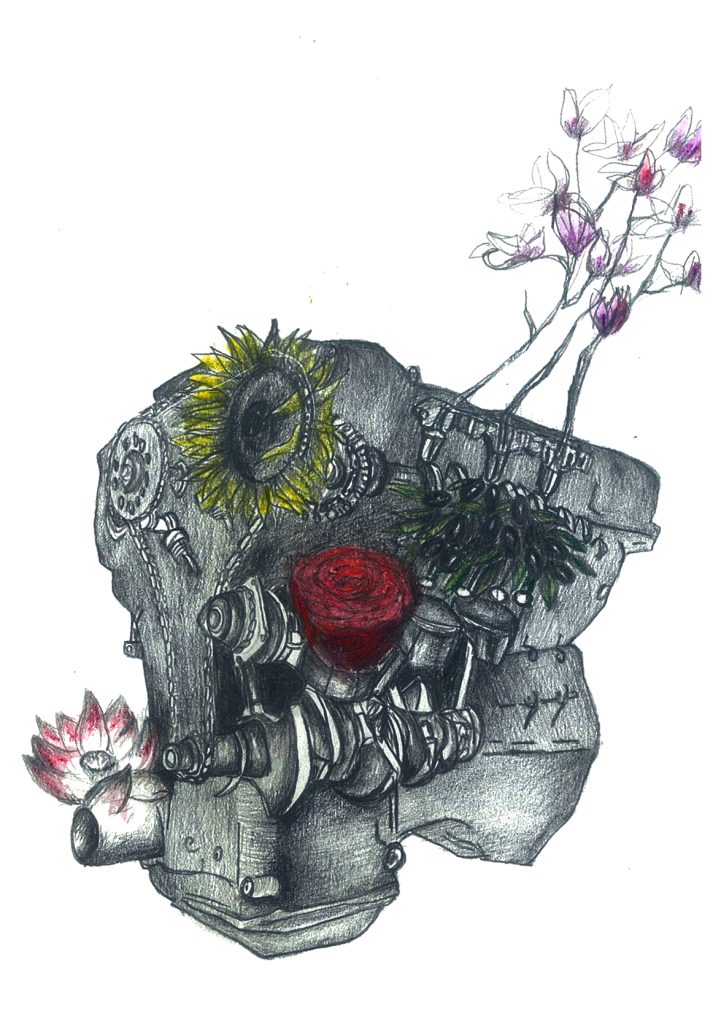
This powerhouse represents the core of who you are – your values, your Happiness, and the beliefs that drive you forward. It’s the engine that fuels your journey, encompassing things like Faith, Unconditional love, and everything that makes you tick. Can you outsource this engine? We’ll explore that question later.
Starter
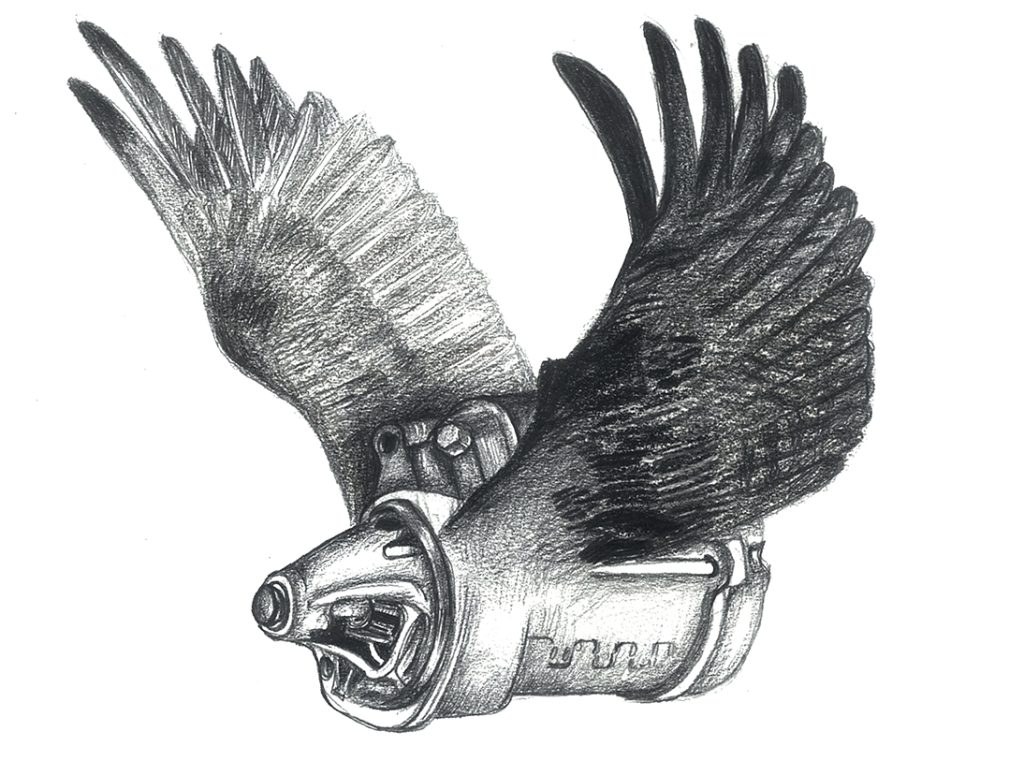
This is your Motivation, the spark that ignites your drive. One moment it can feel dormant, then suddenly it surges to life, propelling you with unwavering focus.
Fuel
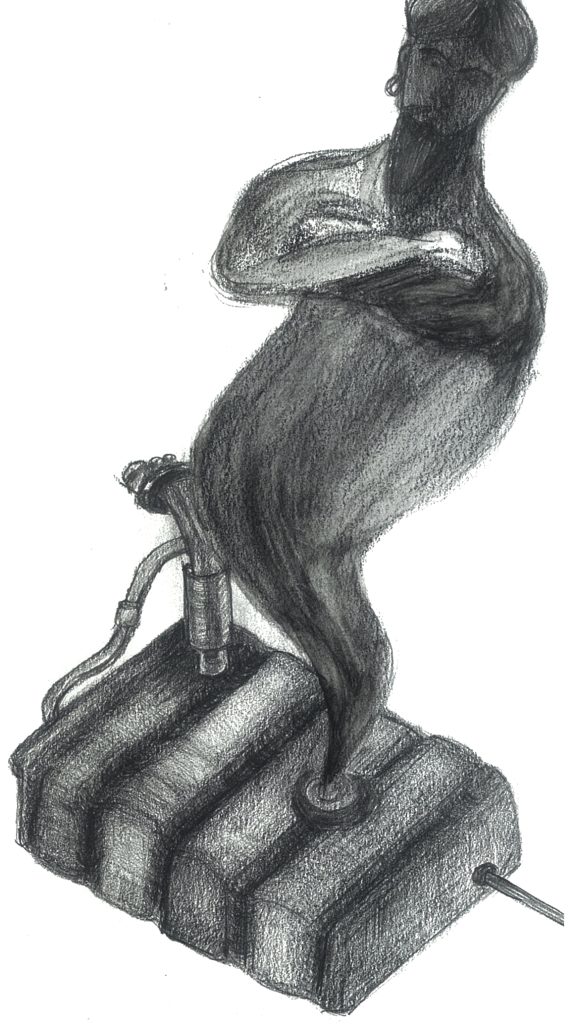
Just like a car needs gas, you need energy to keep going. When your tank runs low, it’s Time to recharge – just like Sleep for a human!
Chassis
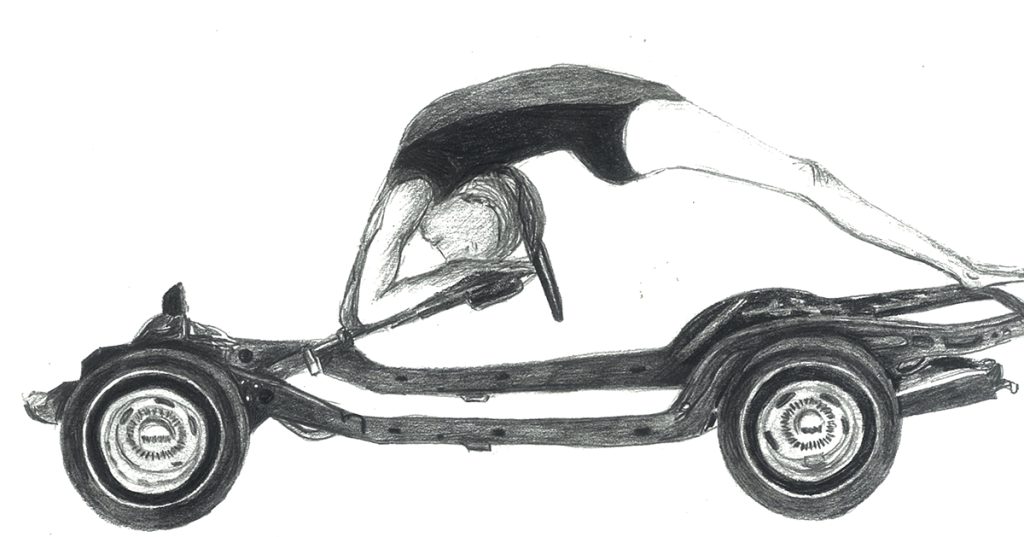
This is your body, the foundation that carries you through life. We might spend a lot of time in our heads, but it’s our body that supports us and allows us to experience the world.
Steering system
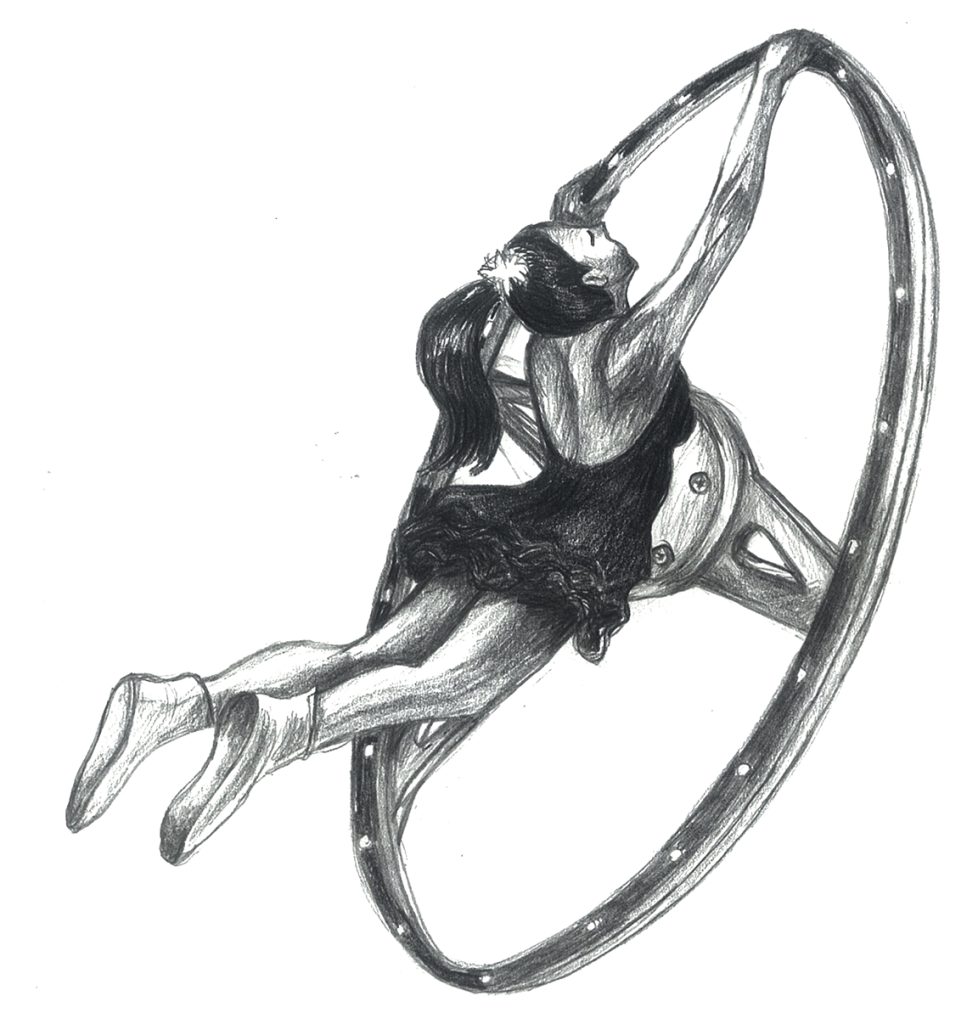
This represents your emotions, constantly guiding your Direction. They’re a powerful Force that shapes your path.
Wheels
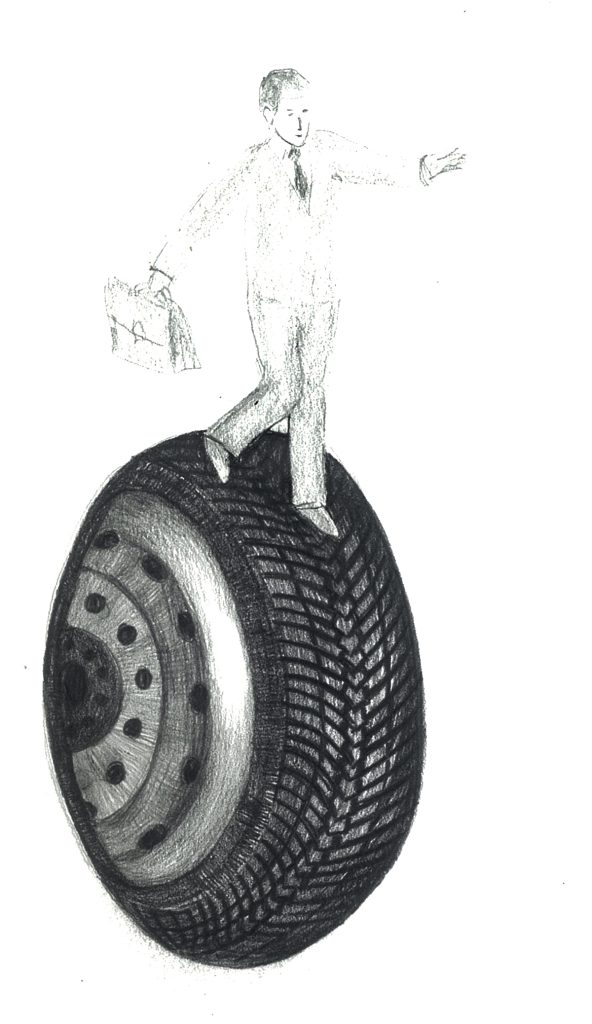
Wheels are your autopilot, keeping you on course. They represent the core survival instincts that keep you functioning.
Brakes
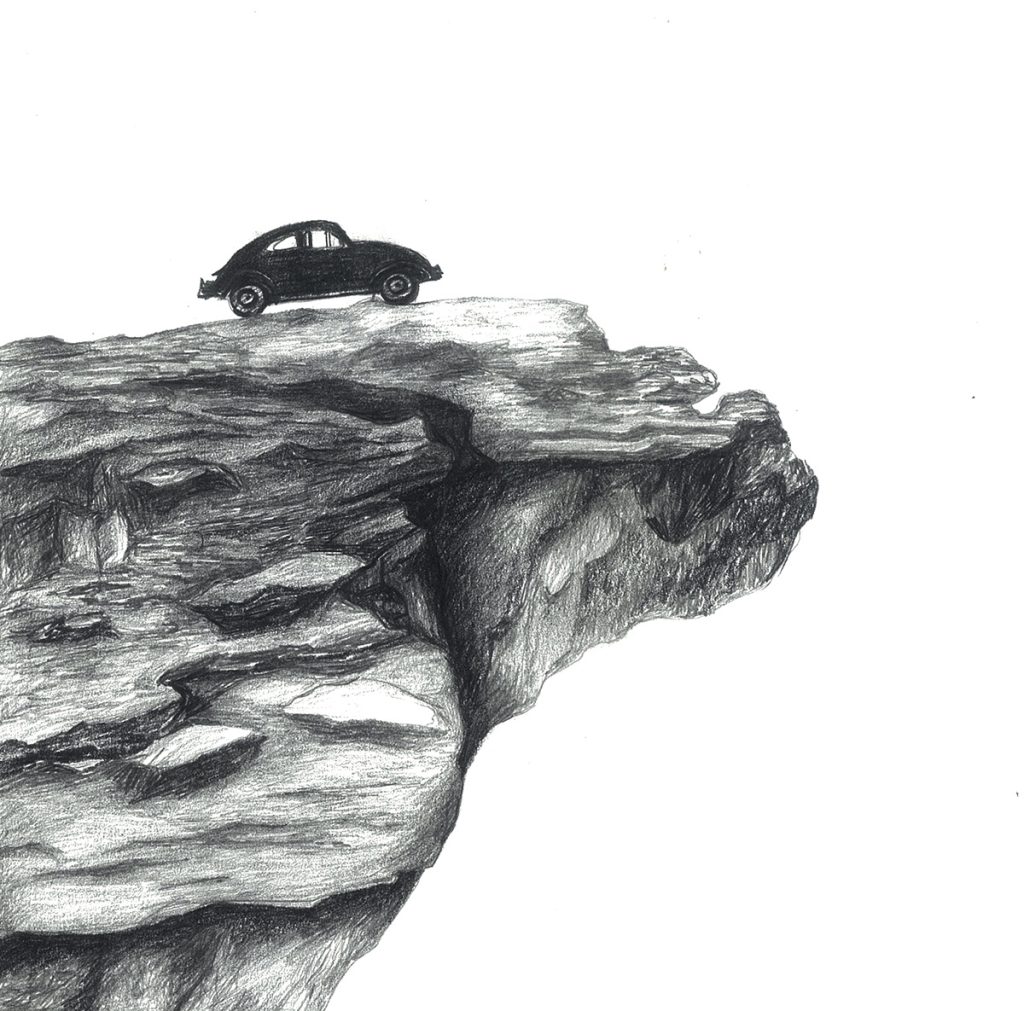
Just as crucial as moving forward is knowing when to stop. These are your safety mechanisms, the ability to hit the brakes when things start to suck.
Gearbox
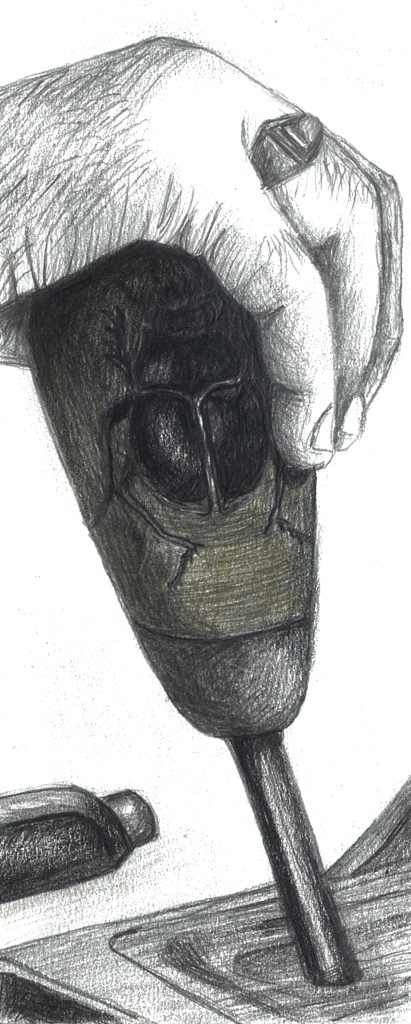
This is your self-control, allowing you to manage your Speed and navigate challenges. Just like pushing a car’s limits can lead to trouble, so can pushing yourself too hard in life. It’s okay to slow down.
Lights
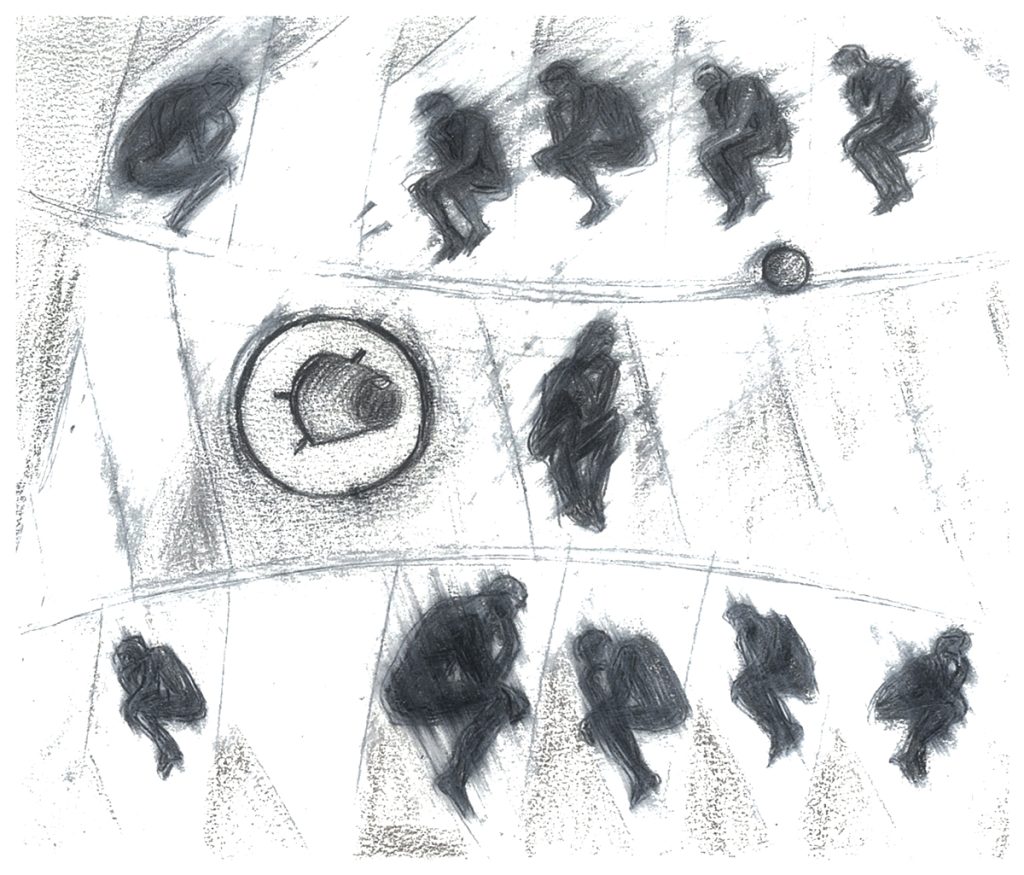
Lights represent your intelligence, helping you see the path ahead and make informed decisions. The car’s lights provide a clear view of the immediate future, but the distant future remains in the dark.
Paint
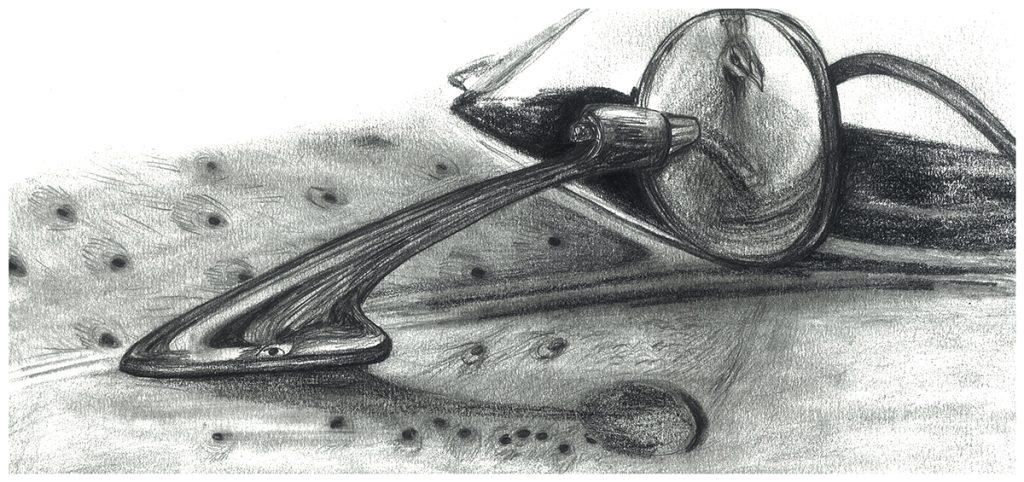
Cars often get judged solely on their paint job. A shiny, well-maintained exterior can turn heads, but it doesn’t tell the whole story! A car with a flawless paint job could have a broken engine, rendering it unreliable and unhappy.
Windows
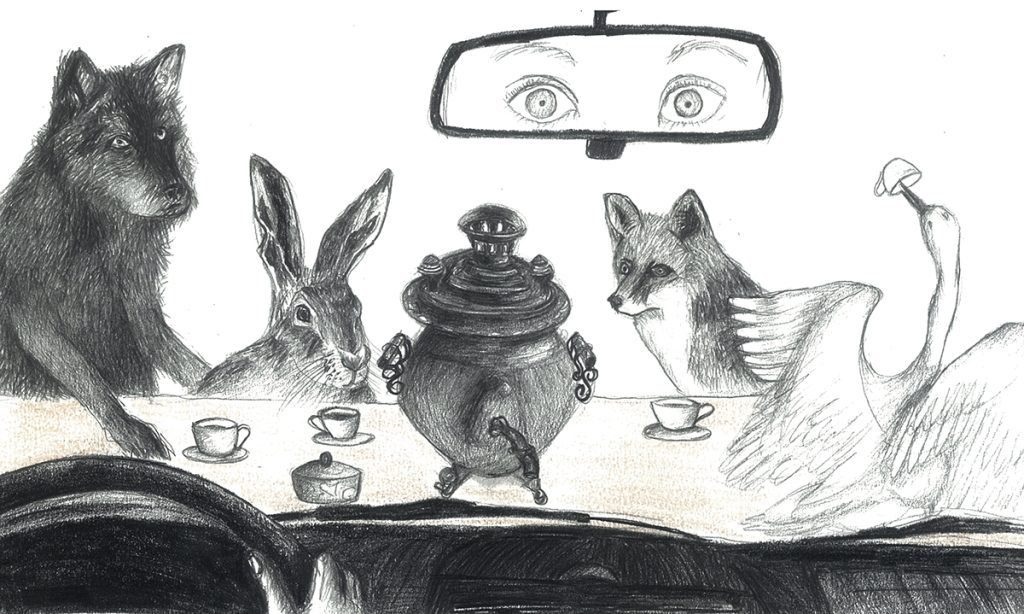
The windows act as barriers filtering out unwanted things flying in your face (shit happens!).
Software

Deep down, your brain and intuition work tirelessly in the background, analyzing data from your senses and matching them with past experiences.4 You might not fully understand how these processes work, but they make crucial decisions to keep you safe and healthy.
Sensors
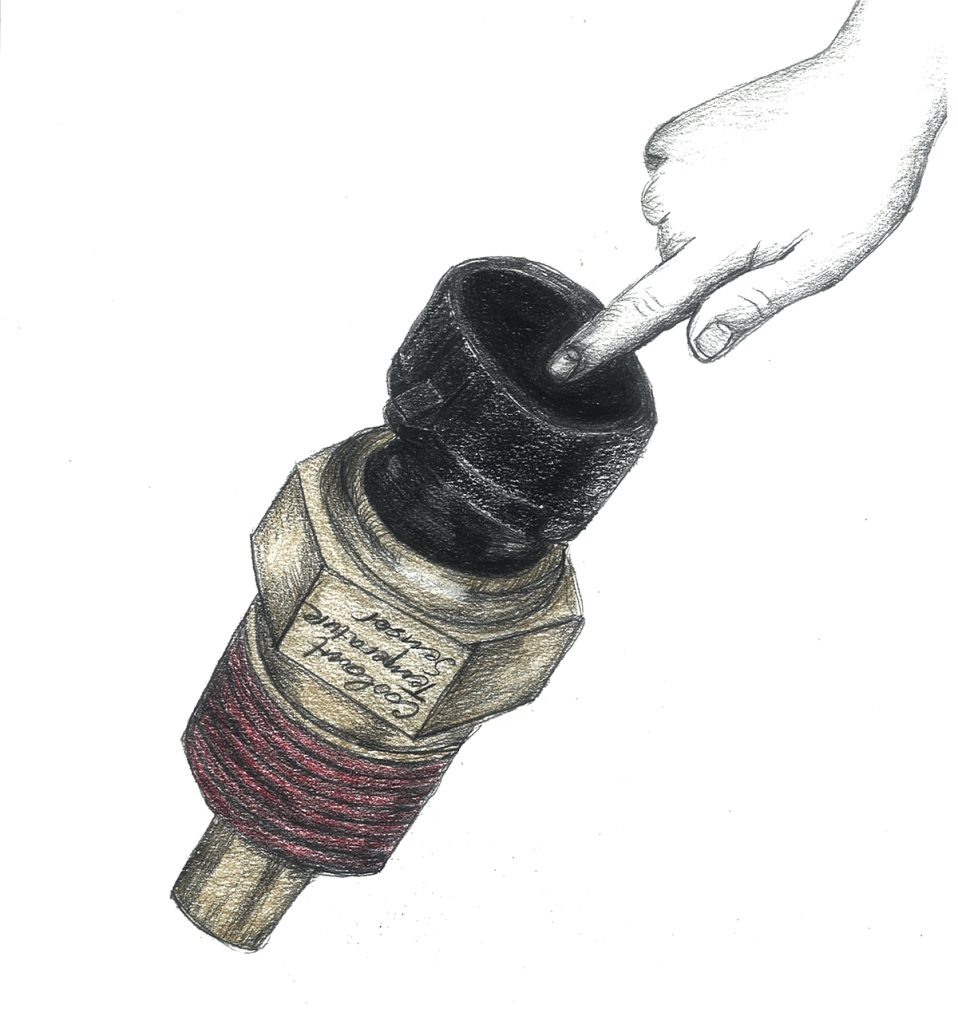
Your eyes, ears, nose, taste buds, and touch act like sensors, constantly scanning your surroundings and sending information to your brain.5 These sensory inputs are essential for your internal compass.
The car analogy works well for most aspects of life, but it falls short when it comes to money and possessions.
The car service
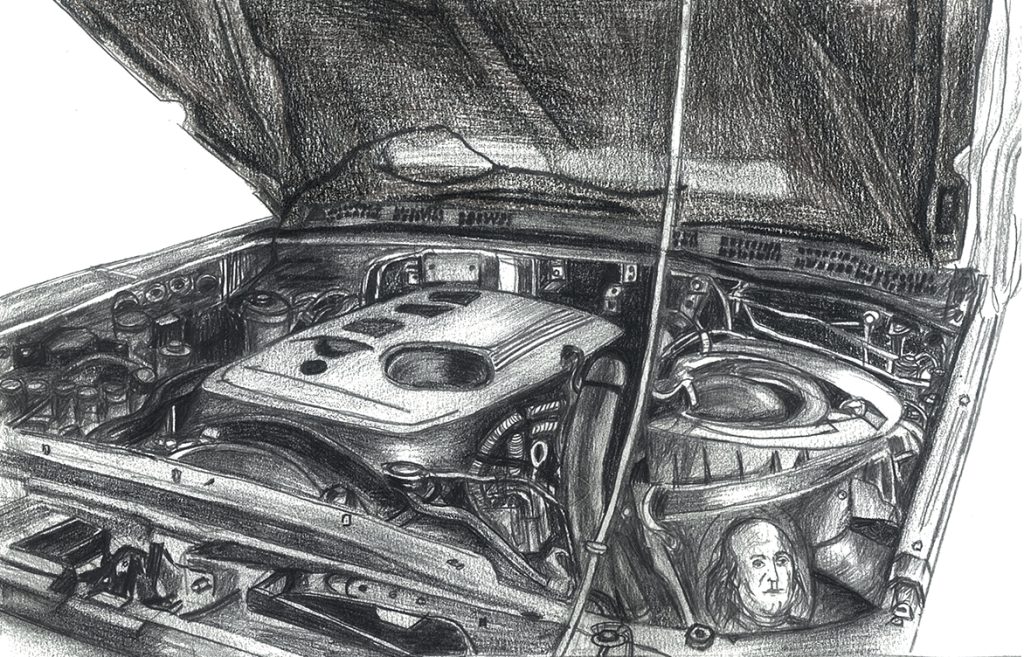
The car service represents your money. Just like a poorly maintained car, mismanaging your finances can turn it into a living hell.
To sum up:
1) Money has a special role in life and deserves a special kind of attention. Money is like the fuel that keeps you running and the spare parts that fix breakdowns. It deserves special attention, just like maintaining a healthy fuel system and parts inventory for your car.
2.) You can change most parts, but once your chassis (body) starts breaking down, it’s bad. Take good care of yourself.
3) The easiest thing to change about yourself is actually your looks. Just go to the painter. But a good engine sound will always be more important than the paint.
4) You don’t need to understand how something works to trust and admire it. If you trust your life to the software of your car, why not trust your Intuition completely? This is your software.
5) It’s not a bad idea to have the keys to your starter. Motivation is a KEY.
6) Most cars drive easily in a straight line most of the time, but if you want to be the best of the best (a race car), you need to get used to constant turns and gear changes. Life rewards the fast and adaptive.
7) Trying to live without enough sleep is trying to drive a car without enough fuel. It can’t work and there is no point in trying.
8) You only see the road a very short way ahead. Any predictions beyond this are almost useless, as you don’t know enough about the road and the many other cars.
We’ll get back to this model later on. For now, a quick Story:
Imagine a car with just a frame. It knows what a car is supposed to be, but it starts with nothing – no engine, no wheels, not even a steering wheel. 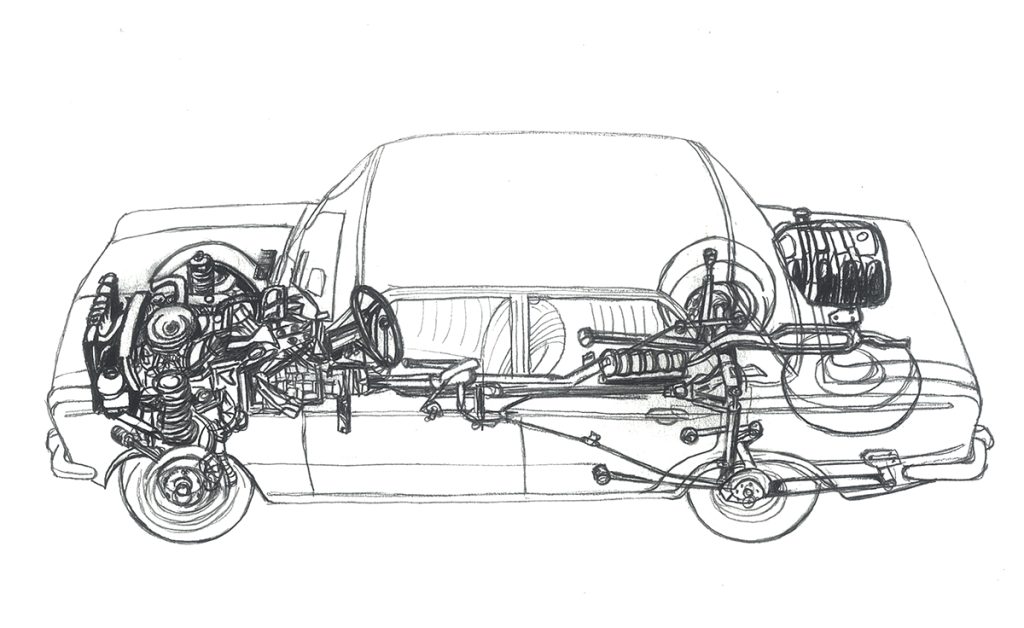
Unlike a factory-built car, this one has the remarkable ability to build itself piece by piece. Kind of like a newborn baby, brimming with potential but needing time to develop.
Every car manufacturer (think: life experiences) is eager to contribute, offering parts (skills, values) to shape this unique vehicle. But resources are limited. Out of the 13 core components that make up a car (or your life), you can only build two yourself right now. The rest will have to be “outsourced” (learned from others) for a while.
So, which two parts are the wisest investments for self-construction? Here’s the key:
Essential and Interconnected: They should be the foundation upon which everything else relies and work seamlessly with future additions.
Difficult to Replace: Focusing on parts that require a deep understanding ensures a strong core, even if outsourced parts later have compatibility issues.
The engine is your life philosophy. It’s fueled by your beliefs, passions, and what truly drives you forward. Copying someone else’s engine might get you running, but it won’t be your own unique journey. The intricate system that is the software is your gut feeling and Intuition. Your personal software can’t be replaced. While you can learn from others, your Intuition is uniquely yours.6
Your engine and software are irreplaceable. Nurture them, understand them, and work on them throughout your life. Outsourcing them, unless absolutely necessary, is like replacing your core identity.
Some choose to outsource their engines, and this could mean, for example, adopting a pre-existing set of beliefs (religious Faith). Adopting this pre-built engine surely can provide direction and purpose, but it’s not your own creation. It ultimately defines and shapes your journey.
Furthermore, outsourcing your software by blindly copying others might seem like an easy path, but true Happiness lies in discovering your own unique navigation system (Intuition).7 There’s plenty to learn from others, but never lose sight of your own core values and principles. They are the essence of your life, making it a truly unique and fulfilling ride.
Be yourself in every possible way!
Unlike the car, your brain doesn’t have thousands of different structural parts. It’s made of neurons. The way they are connected is the most important part that makes you the person that you are. Our brains are just different levels of Structure. To understand these structures like we understand the car, we need to combine knowledge, Diversity of Experience, and an intuitive understanding of structures in general.
A major Goal of I Grow Younger is to help you build this intuitive understanding of structures in general. By asking the right questions and applying these existing structures in new ways, we unlock unexpected possibilities. We don’t need to reinvent the wheel (or the car) – just a shift in perspective on the potential that they hold. This allows us to achieve impressive feats, from answering simple yet profound questions to driving ourselves towards unprecedented discoveries.
Jordan Peterson often emphasizes the importance of order. However, the word structure might be a more nuanced choice. Order carries a sense of absolute necessity, like a fundamental law. Lack of order often conjures images of Chaos, a place we instinctively try to avoid.
Additionally, order doesn’t magically appear – it requires someone to establish it. The hero in our stories restores order… While societies need a baseline level of stability to function, the question remains: Do individuals inherently require such rigid Order? Consider common struggles like depression, anxiety, and addiction. In these cases, we see repetitive patterns of thoughts and behaviors that make us trapped. This is a form of bad order we often create ourselves or fall into.
The key takeaway:
Structure provides a supportive framework, while rigid order can become self-imposed limitations. Finding the balance between these two concepts is crucial for personal growth and well-being.8
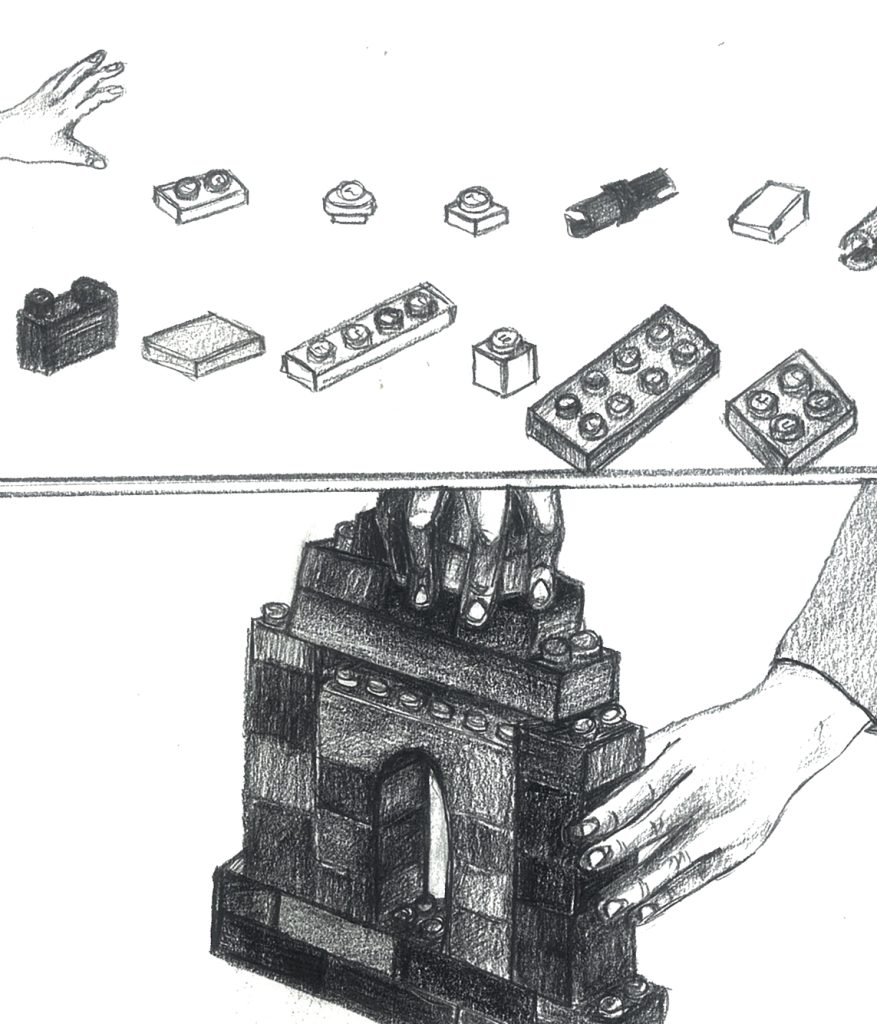
Growth can feel like pushing a boulder uphill. Why? Inertia. Just like a car in motion wants to stay in motion, our brains tend to favor the familiar.9 Doing nothing, or sticking to old habits, becomes an ingrained behavior – something self-imposed that holds us back. These routines keep us stuck in a comfort zone.
Now let’s think of the most beautiful moments in life. When we are in the effortless Flow of Learning, creating, or engaging in physical activity. When we connect with friends. When we give up control. When we fall in love. Would you ever attribute any of this Beauty to… order? Creation and love come from Chaos. We often see structures and attribute them to a creator, assigning credit to people, systems, or even divine intervention. This desire to impose order on things might stem from our need to control. But the reality is, complex structures can emerge naturally, as with Evolution. Absence of a creator doesn’t diminish the beauty of the process or the end result.
The Game of Self often becomes a struggle because of self-imposed pressure. We chase improvement through rigid structures like schedules and routines. Creating these structures ourselves can lead to anxiety and unnecessary Expectations. We want immediate results, and when they don’t come, it feels like failure. This feeling throws us back into a passive state (Sheep Mode), making real Change even harder. This cycle is a familiar pitfall for those who rely heavily on self-help materials that emphasize rigid order.
If you let go of self-imposed order, you’re not giving up on structure. Given enough space and Freedom, better structures will emerge, and they will be more aligned with your nature. As a result of this, your wants and needs will align, and you will no longer face internal conflicts and doubts that drain your energy.
The order can’t create anything. It can only preserve what already exists. If you want to create a positive Change in your life, like a good habit, order can’t help you create it. Change means overcoming Inertia, and only the powerful life forces like love, meaning, and chaos are strong enough to do it.
The first step to any personal improvement is to remove expectations.
Optimizing for order is not compatible with this approach. The chaotic nature of life will trash your order, and the more expectations you had beforehand, the more disappointed you will be. Instead, let’s embrace structure. This structure is not something we create – it already exists within us, forming the foundation of our Intuition.
Good habits will form without any effort because the foundations (like Self-Love) will be the right ones.
By letting go of things that no longer serve us in the Game of Self, we create space for this natural structure to emerge. This applies to both external and internal Pressure as well as false and harmful beliefs about ourselves and the world. When we cultivate self-love and Meaning, leaving behind unnecessary burdens, good habits will take root organically on this fertile ground. We call this process growing younger, and it’s the inspiration behind our self-help system.
Love, Creativity, and other chaotic aspects of life are not enemies of this structure. In fact, they can exist in beautiful harmony. The real obstacles to growth are the Barriers we create ourselves – pressure and expectations.10 These mental constraints weigh us down and prevent us from flowing with the natural rhythm of life.
Let go of them!
The first step is acknowledging the futility of clinging to pressure and expectations. Once you see how these burdens hold you back, you can begin to let them go. This is a journey, not a destination. Start by recognizing their presence in your thoughts. Over time, using your hunter mode moments to face and overcome Fears, you can loosen their hold on your emotions and progressively let go. As you free yourself from these chains, you’ll find a piece of mind and all the space, motivation, and energy for cultivating Personal growth – the perfect way of growing younger.
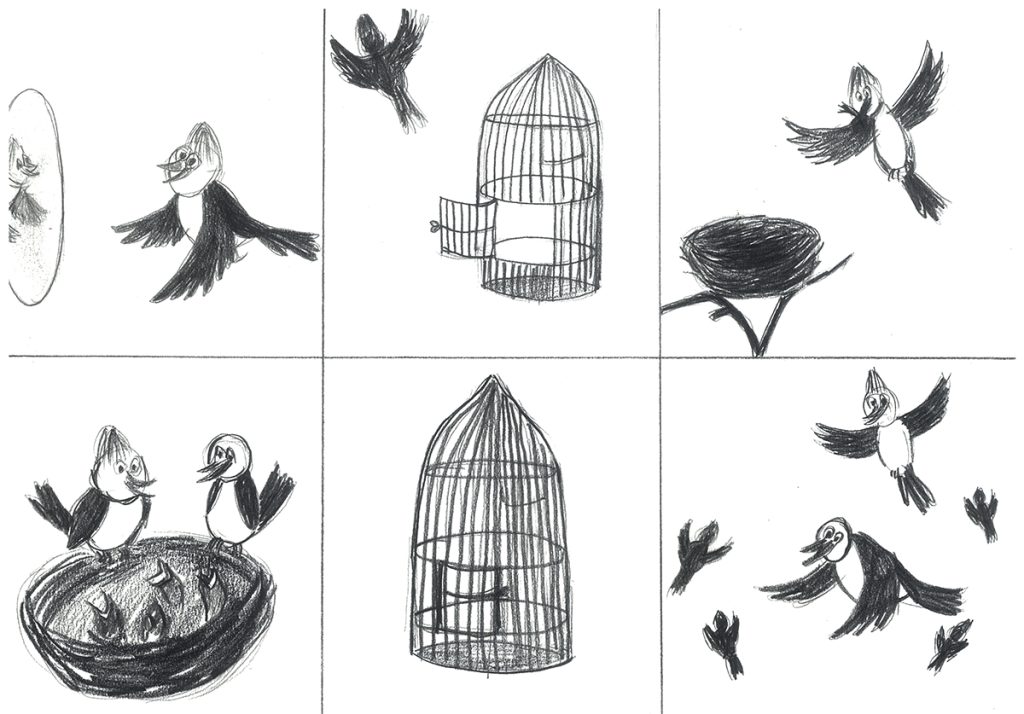
5 key points to take away:
- Our biases and emotions cloud our judgment, making it hard to objectively analyze ourselves.11
- Core values and being connected to your intuition are like the engine and software of a car, crucial for a fulfilling journey.
- Self-imposed, rigid order can lead to negative emotions and hinder growth. It creates pressure and expectations that can be paralyzing.
- Embracing the inherent structure in life is letting go of the pressure to create order.
- Focusing on core aspects like Self-love and building positive structures (good habits) allows us to experience the beautiful, chaotic aspects of life (creativity and love)12
- Laney, C., Loftus, E. Emotional content of true and false memories.// Memory, May 2008.
https://www.researchgate.net/publication/5286271 - National Council for Mental Wellbeing. 2022 Access to Care Survey Results.// May 2022.
https://www.thenationalcouncil.org/wp-content - Blix, S., Wettergren, A. The Emotional Interaction of Judicial Objectivity.// Oñati Socio-legal Series, April 2019.
https://www.researchgate.net/publication - Max Planck Institute, From the inside out – how the brain forms sensory memories.// Nov 2020.
https://www.mpg.de/16026033 - Augenstein, R. Seeing With Your Tongue? How The Brain Uses Multiple Senses At Once.// Frontiers for Young Minds, Nov 2023
https://www.researchgate.net/publication - Grigoryev, P ., Vassileva, I. The study of intuition by the method of narrative.// Dec 2022.
https://www.researchgate.net/publication - Stevenson, S., Hicks, R. Trust Your Instincts: The Relationship Between Intuitive Decision Making And Happiness.// European Journal of Scientific Research, April 2016.
https://www.researchgate.net/publication/303811927 - Stoycheva, K., Tair, E., Popova, K. Rigidity And Its Relations To The Basic Dimensions Of Personality.// Sept 2020.
https://www.researchgate.net/publication/344349617 - Palmer, S., Rust, N. Remembering the Past to See the Future.// Annual Review of Vision Science, July 2021.
https://www.annualreviews.org/content/journals - Kappes, A. et al. Mental contrasting changes the meaning of reality.// Journal of Experimental Social Psychology, 2013.
https://core.ac.uk/download/pdf/146489371 - Lench, H., Bench, S., Davis, E. Distraction from emotional information reduces biased judgements., Cognition and Emotion, Mar 2015.
https://www.researchgate.net/publication/273782322 - Mureeva, R., et al. Habits Of Mind As Predictors Of Creative Personality: The Mediation Effect Of Creative Self-Efficacy And Creative Environment.// Jurnal Penyelidikan Pendidikan, 2021.
https://www.researchgate.net/publication/354508425
The Power of Structure and How to Change Your Habits
Comparing a man with a car
can bring us very very far
and we can explore who we are –
see what you need and don’t be shy!
Check what to skip – give it a try!
The engine is our sacred core!
What is our intuition for?
The software makes it so clear –
you have to explore it and hear!
Starter is your motivation,
it gives you first inspiration!
Steering is pure emotion
and helps us find the blue ocean!
Cars need fuel! And you? Lot of sleep!
It is so important! Indeed!
Gear-box is like self-control,
so never stop or be too slow!
Senses are outer delight,
intelligence is inner light!
Let’s go! Go! And keep keep going,
but with control – turning, slowing!
Barriers, instincts and self-care –
so needed, but don’t stop to dare!
Car service is like the money
and making it can be funny,
but don’t make yourself a dummy!
Your look and body can be nice,
but don’t be stupid and think twice!
What is the most essential?
Where is real potential?
What is that you cannot replace?
How you can find your real face?
Core values and intuition!
From them you start your transition!
Get rid of all expectations!
Open for brand-new sensations!
Remove self-pressure and order –
they push us all at the border!
Self-love, solid structure you need!
I Grow Younger is my best deed!

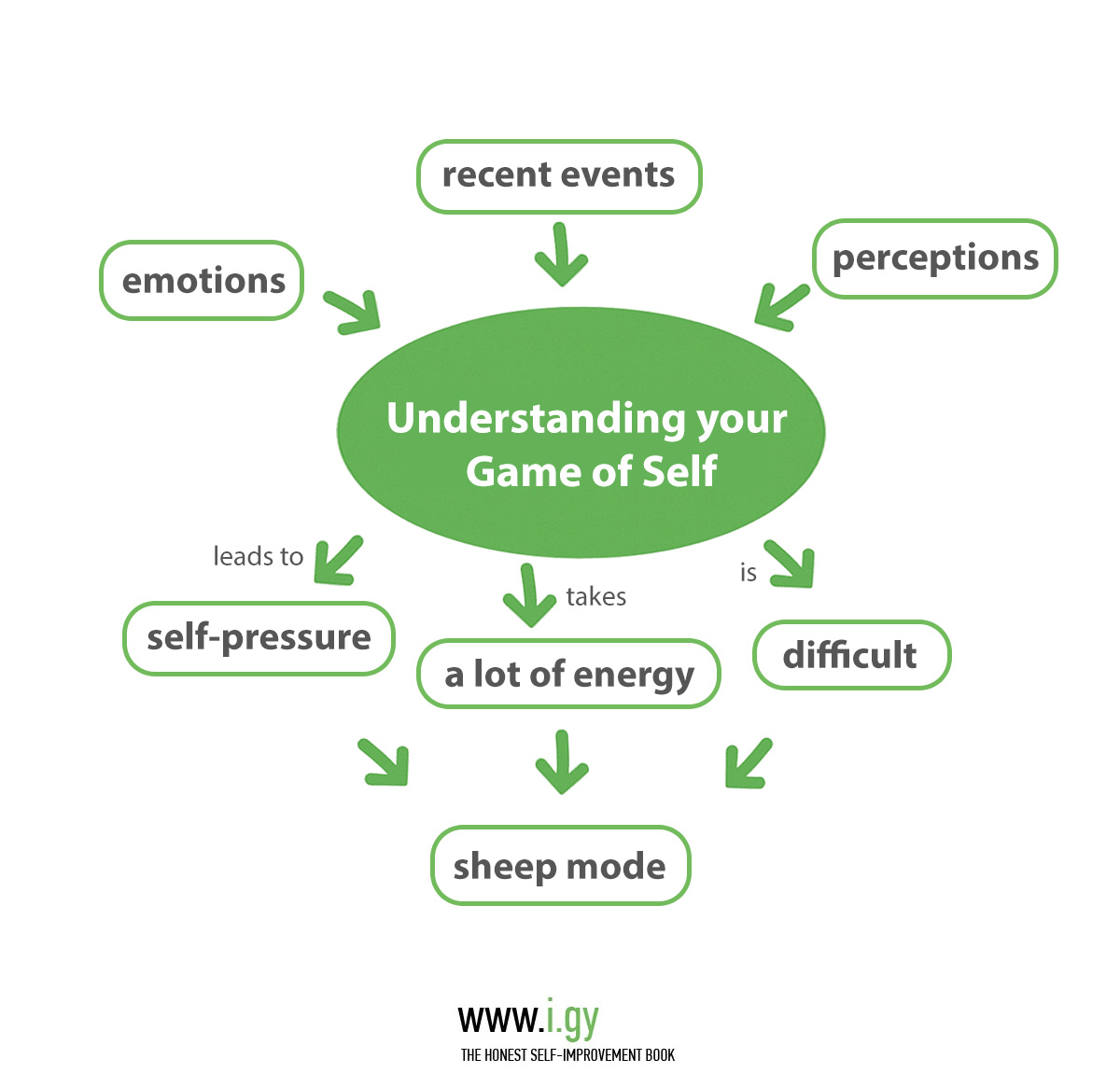

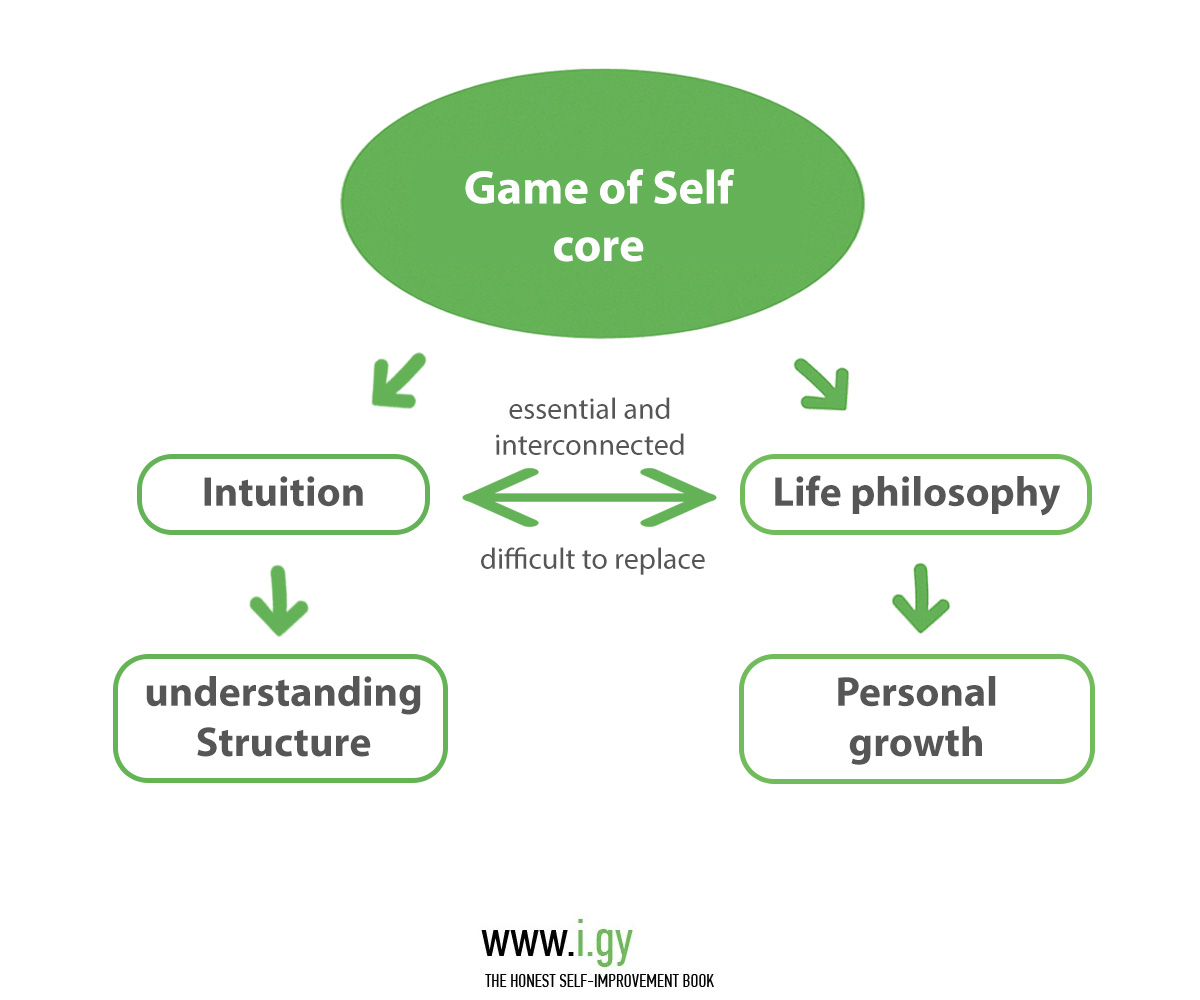
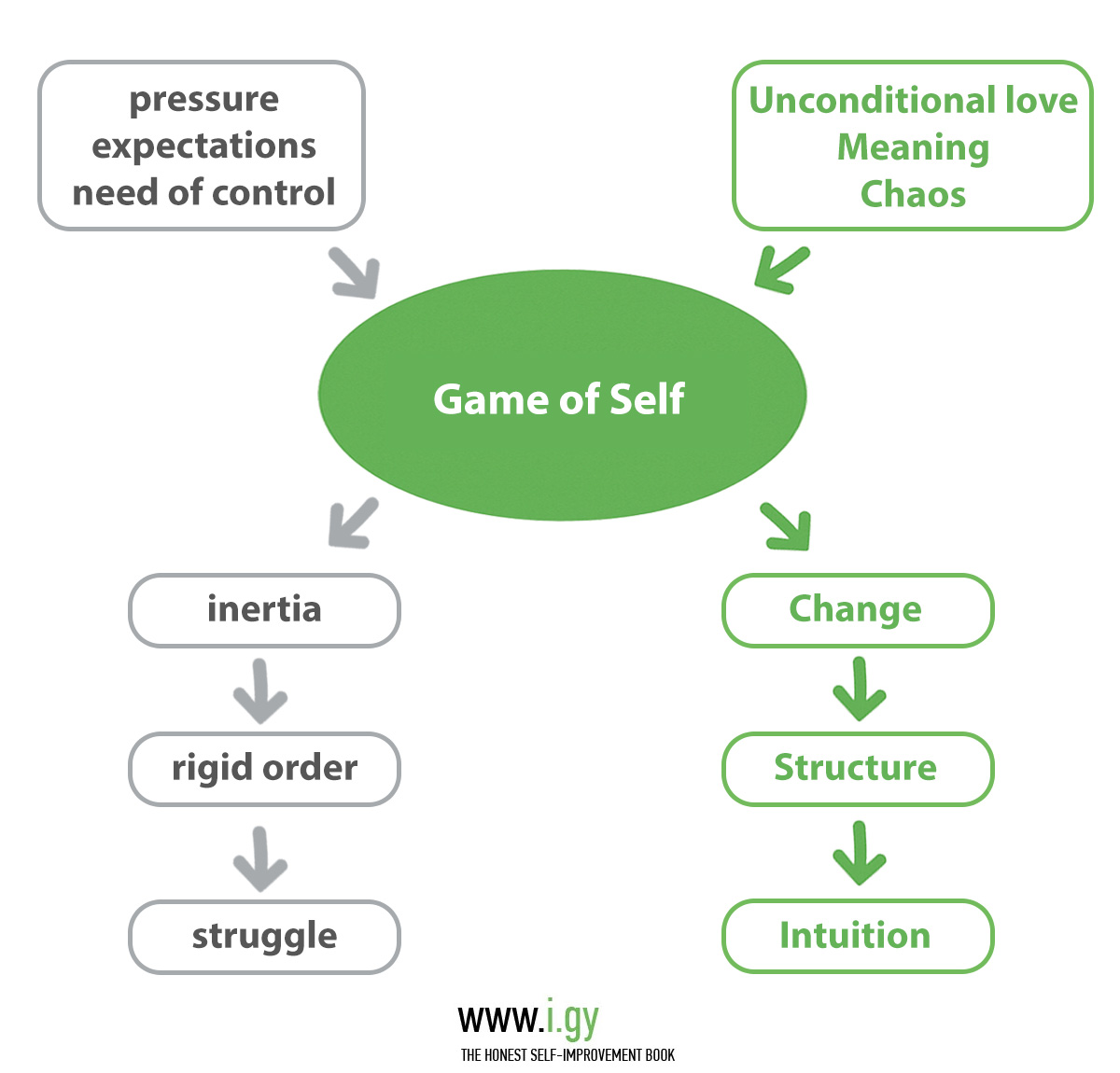

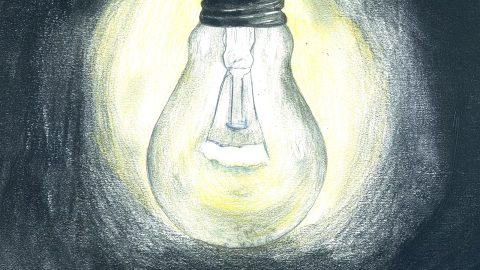


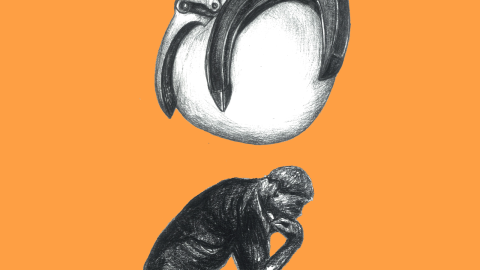
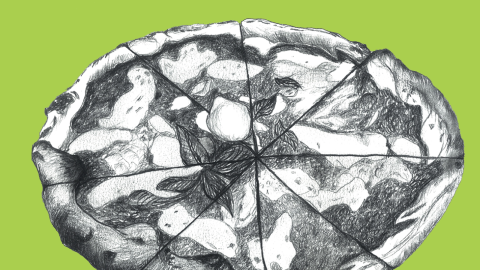
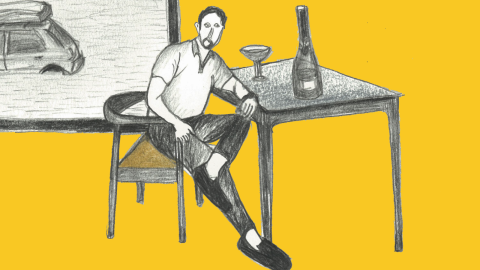






















❤️